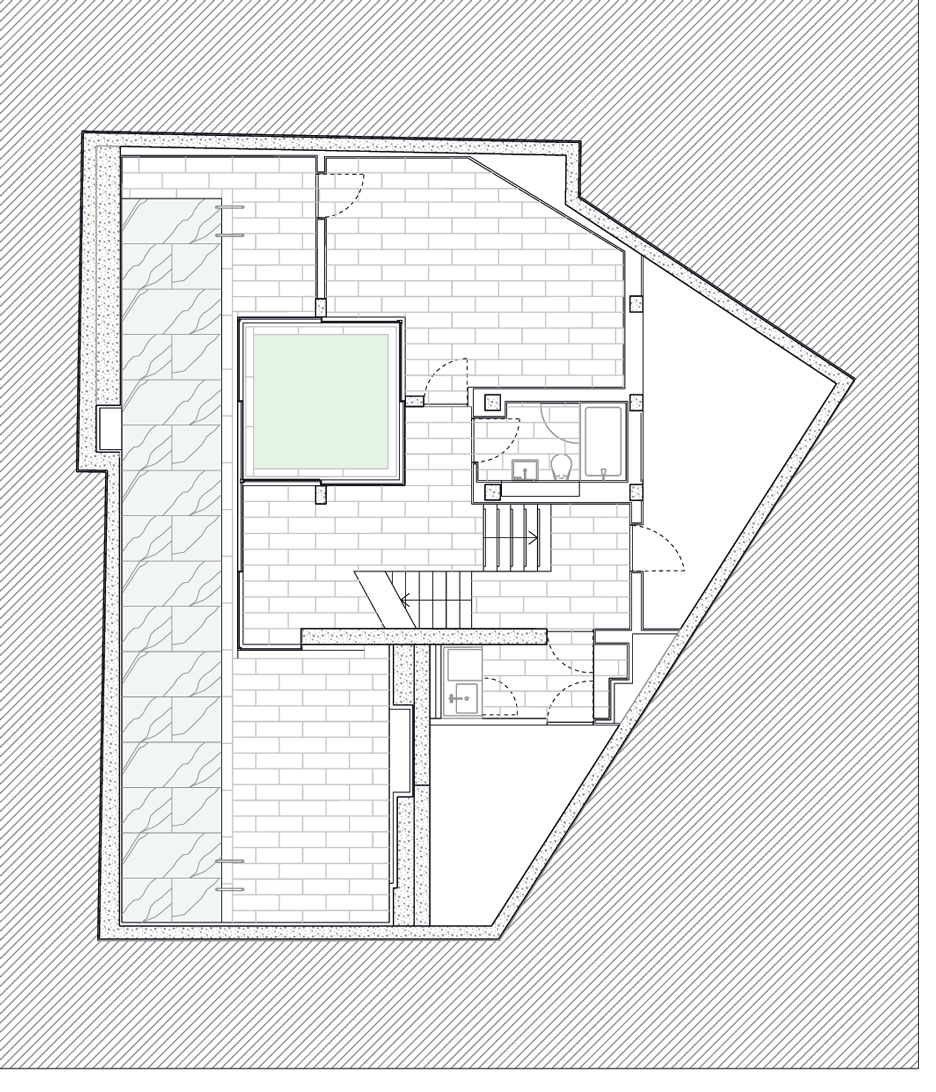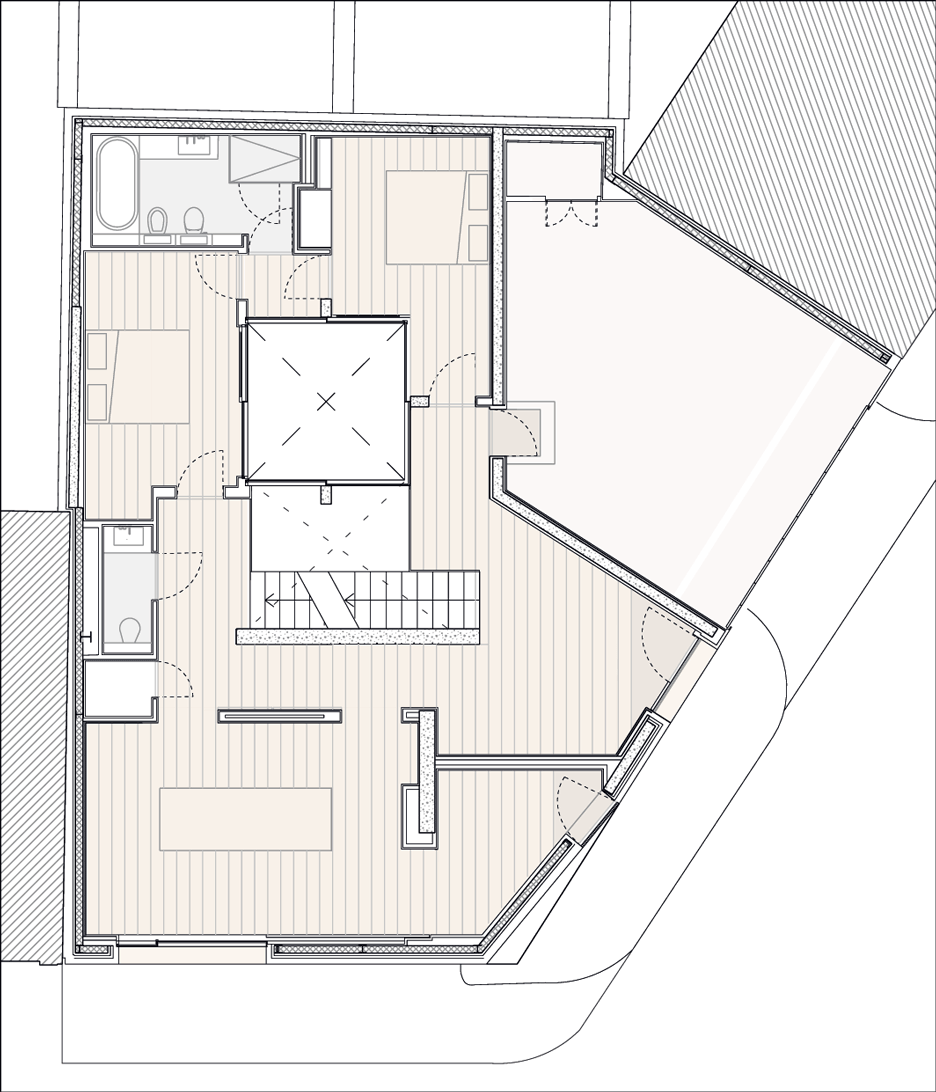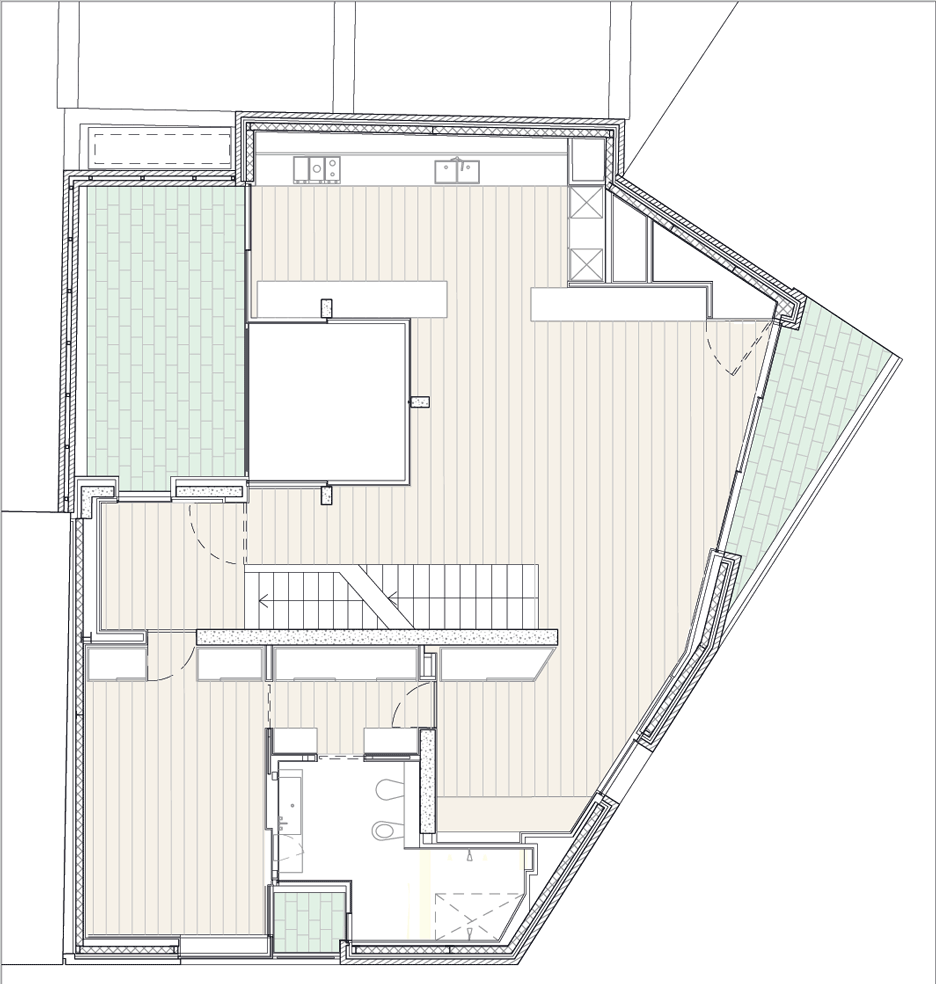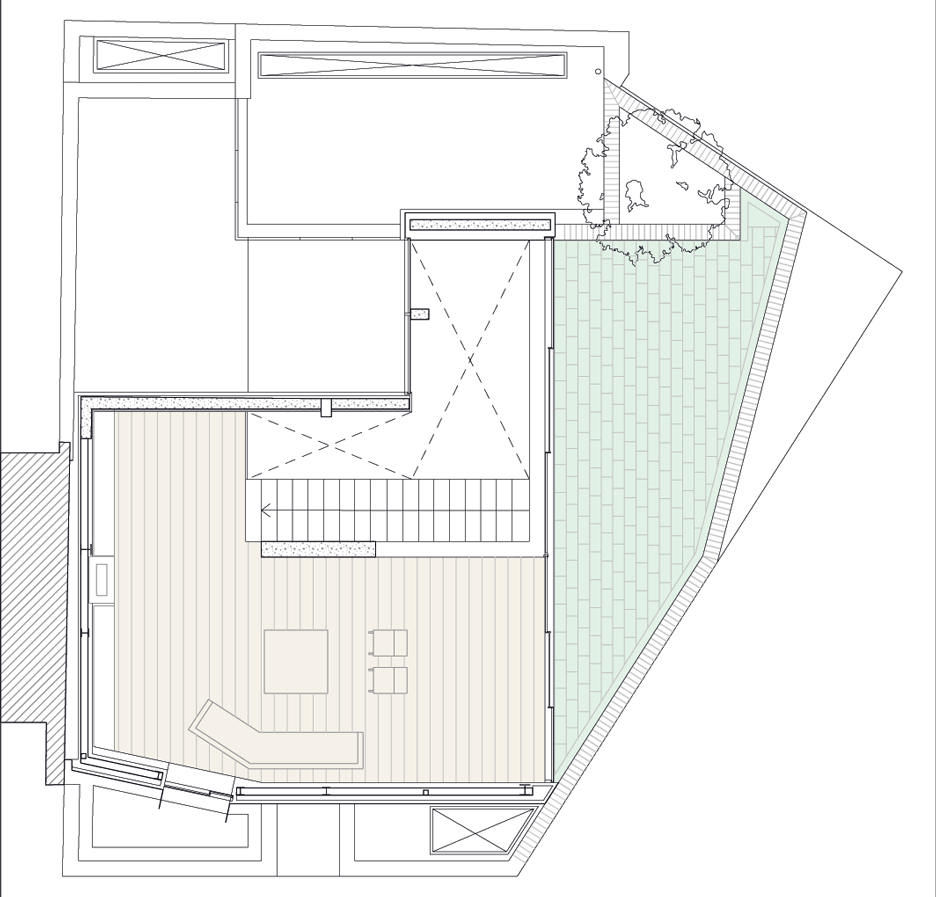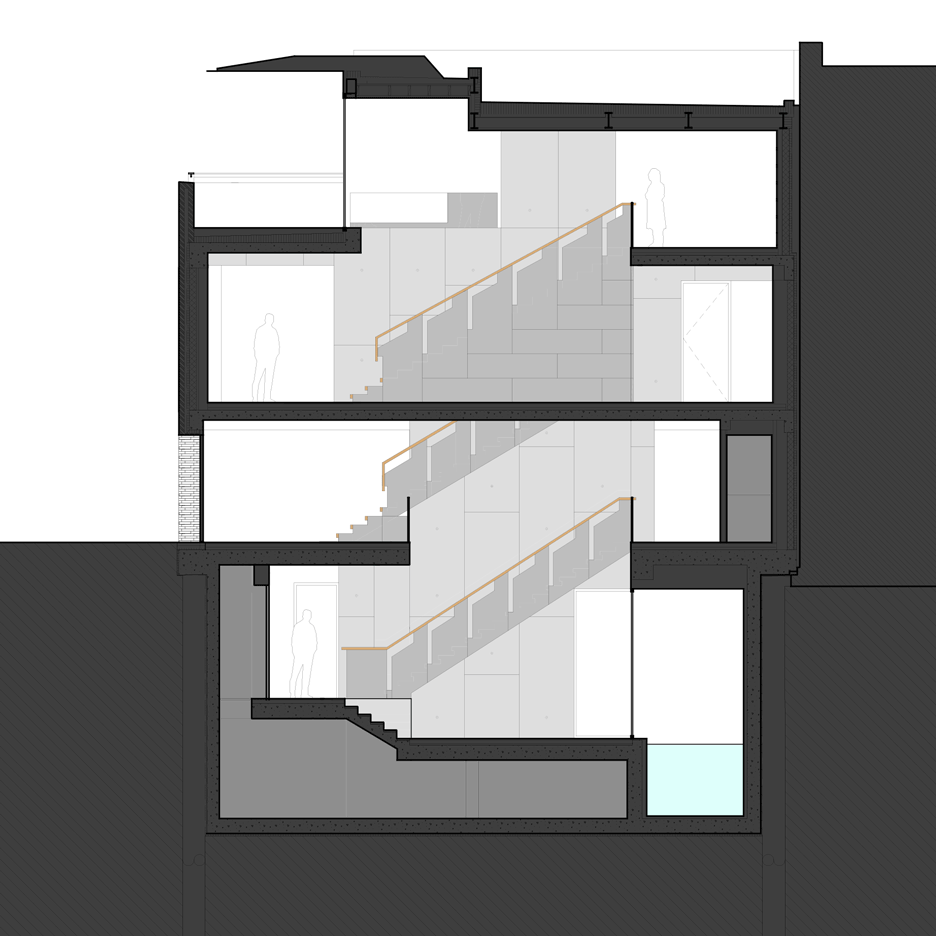Jamie Fobert pairs handmade bricks with bronze panelling for London townhouse
This London townhouse by Jamie Fobert Architects features handmade bricks, bronze panelling and Georgian-inspired window shutters.
Located at the end of a mews in the Bloomsbury conservation area, an area dominated by 18th and early 19th-century architecture, the four-storey house occupies a prominent corner plot.
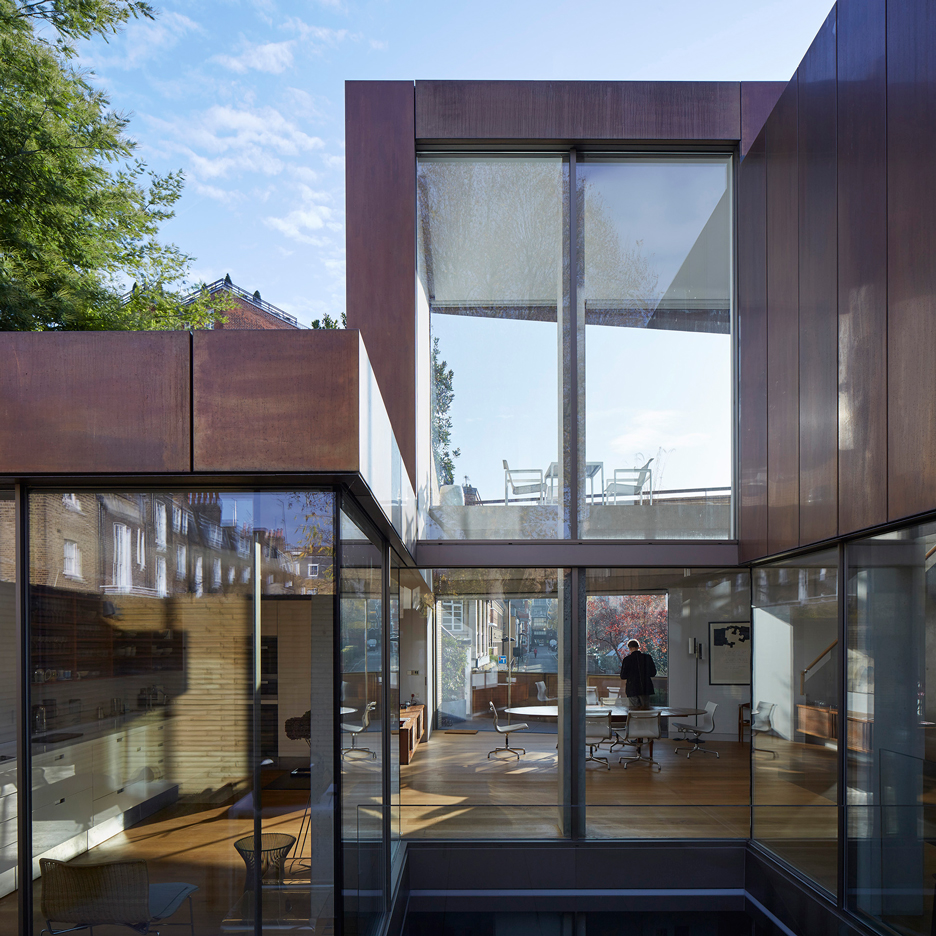
London-based Fobert was asked to ensure the building didn't dominate its surroundings. His response was to plan a structure that looks deceptively smaller than it is, utilising exposed materials and simple details.
"The massing of the building, set-backs on the street facades and the use of fine quality brick and lightly finished bronze respond sensitively to adjoining and facing properties," said Fobert's studio in a statement.
"With its third storey almost invisible from the street and another level entirely hidden in the basement, the discretion of the house's exterior belies the luxurious 600 square metres of living space within," it added.
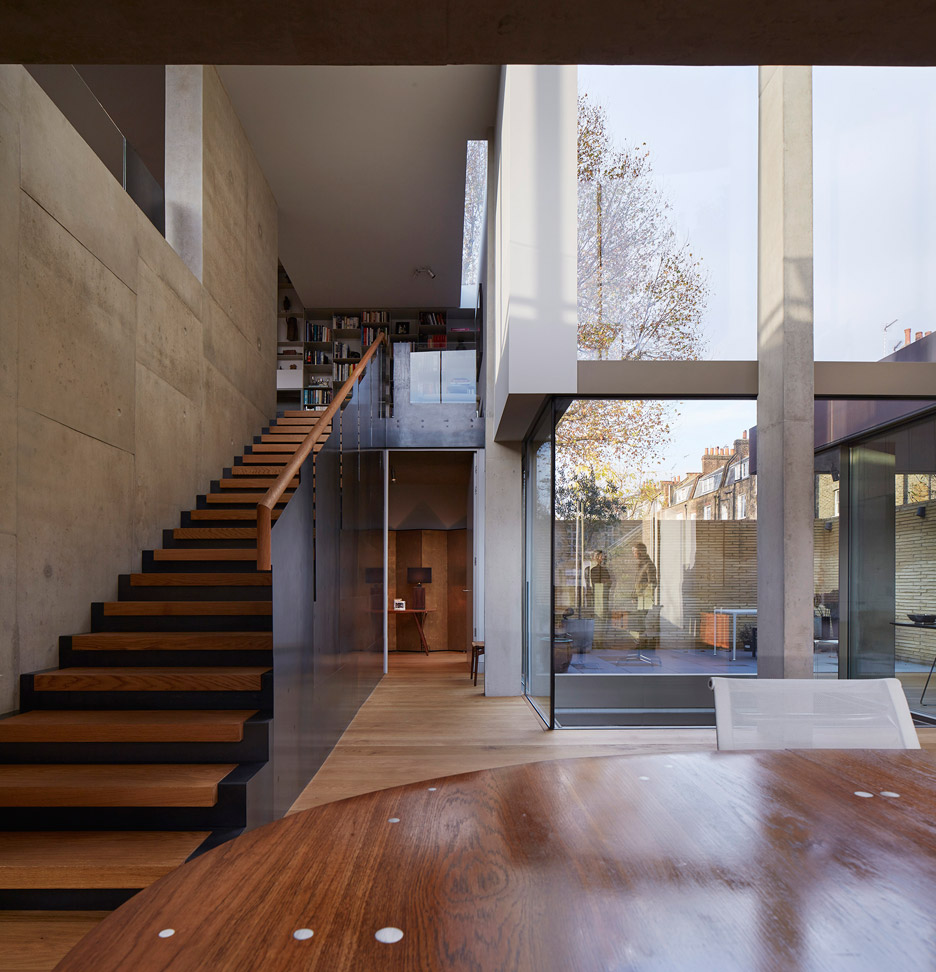
Named Levring House, the property accommodates two residents – one from Denmark and one from the USA.
It was the Danish client who suggested using handmade bricks from Petersen, a company based in Denmark. Yellow in tone, these match the colouring of traditional London Stock brick. Close up, it is possible to make out the thumbprints of the manufacturers.
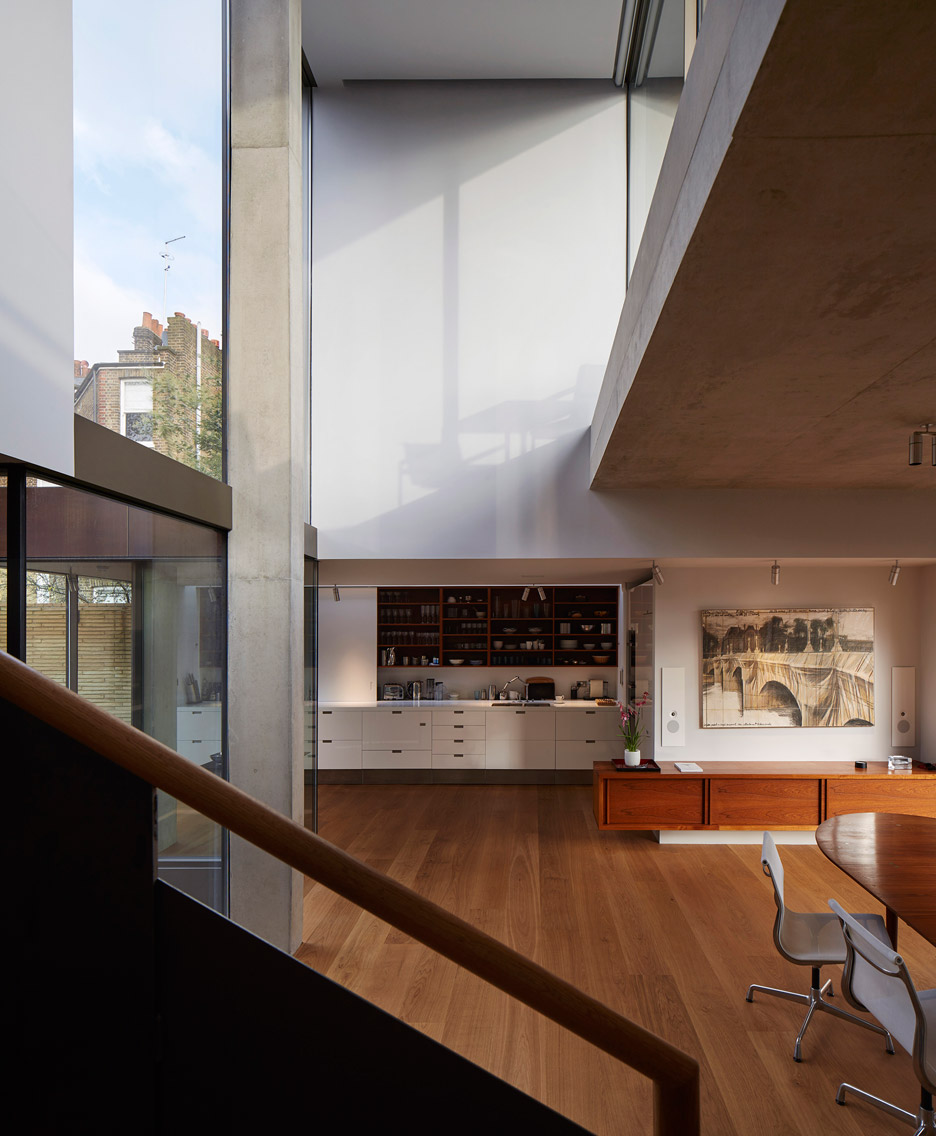
The house's interior is planned around a generous lightwell that ensures every room can be filled with natural light. There are also several balcony terraces, responding to the clients' desire for indoor and outdoor space.
"As proposals were restricted by right-to-light conditions, the new house was developed around a reinterpretation of the London lightwell," said the studio. "A series of volumes step up from the basement to the top of the house, wrapping around the lightwell and opening the whole house to daylight."
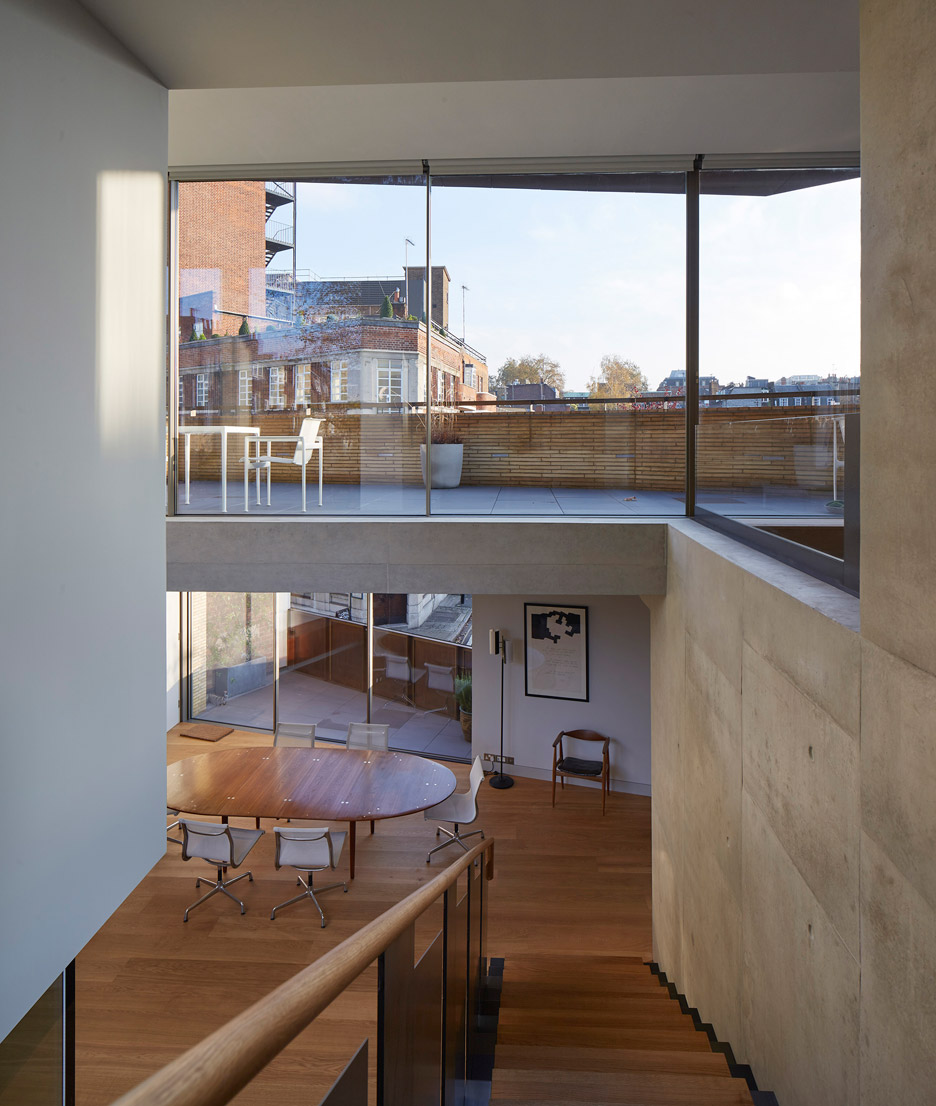
One of the house's four storeys is sunken down below ground level. The main feature of this basement level is a 14.5-metre-long swimming pool, which is naturally warmed from ground heat through a series of deep boreholes.
Reception rooms occupy the ground floor, while the first floor accommodates a large open-plan kitchen and dining space, as well as the master bedroom and a study.
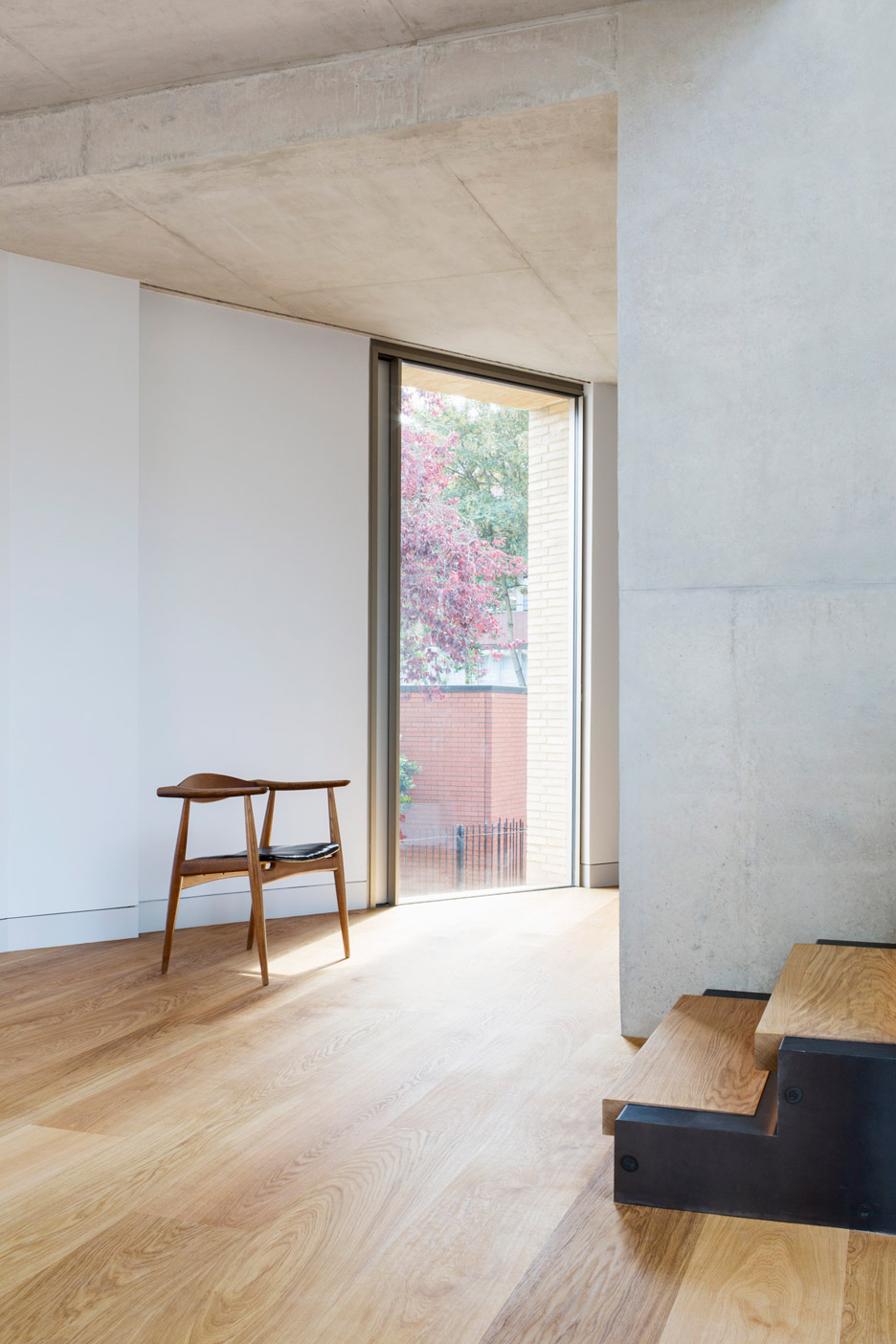
"Unusually, on the first floor, the kitchen and living spaces neighbour the master bedroom, responding to a desire by the clients not to have to carry cups of tea up flights of stairs," said the team.
The uppermost floor houses a more quiet lounge area that opens out to a south-facing terrace.
The building's concrete frame is revealed through the interior, complemented by timber details that help to add warmth. These include oak flooring, chunky staircase treads and furniture.
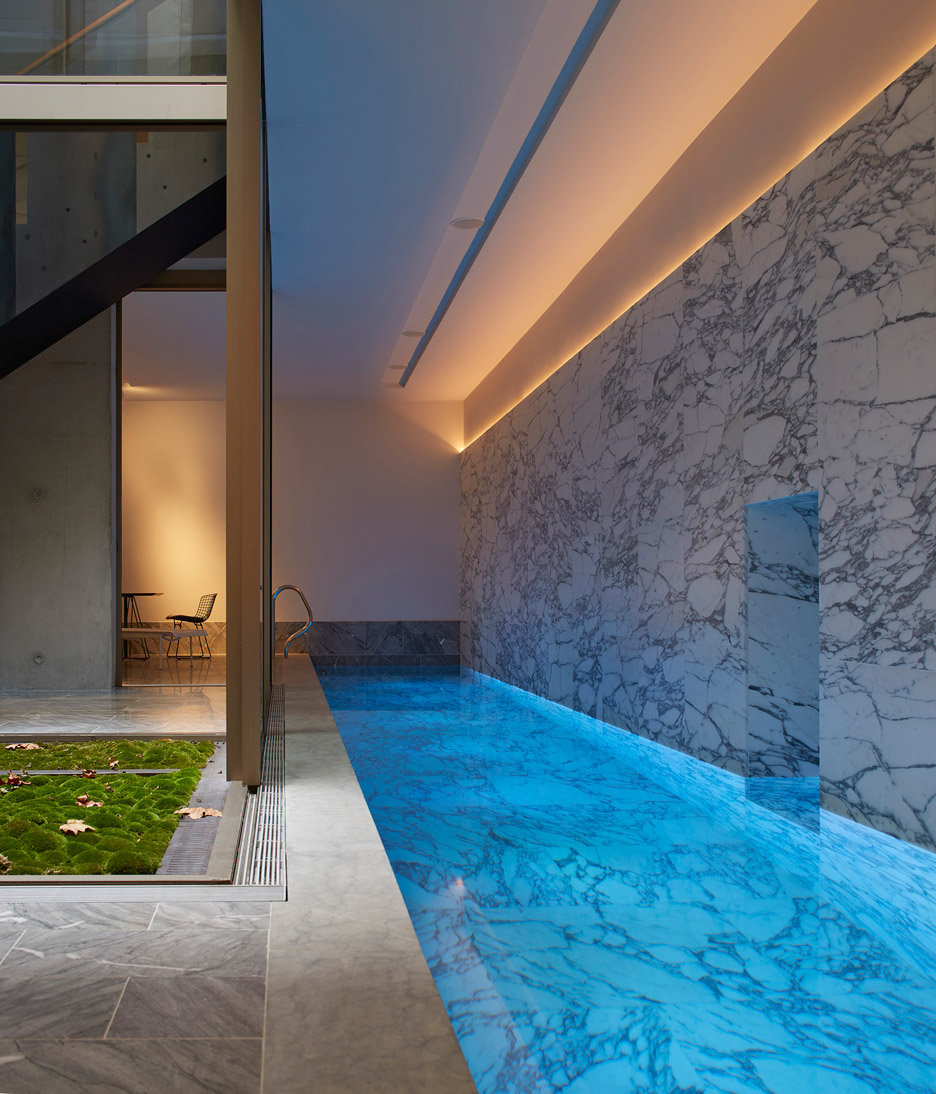
Other additions include Georgian-inspired shutters that open in various stages, allowing residents to vary lighting conditions, and a desk with an adjustable height that allows the user to be either seated or standing.
Fobert established his London studio in 1996, and has completed a number of houses, both in the capital and elsewhere. Recent examples include Luker House, which features pale brick walls and a sunken concrete floor.
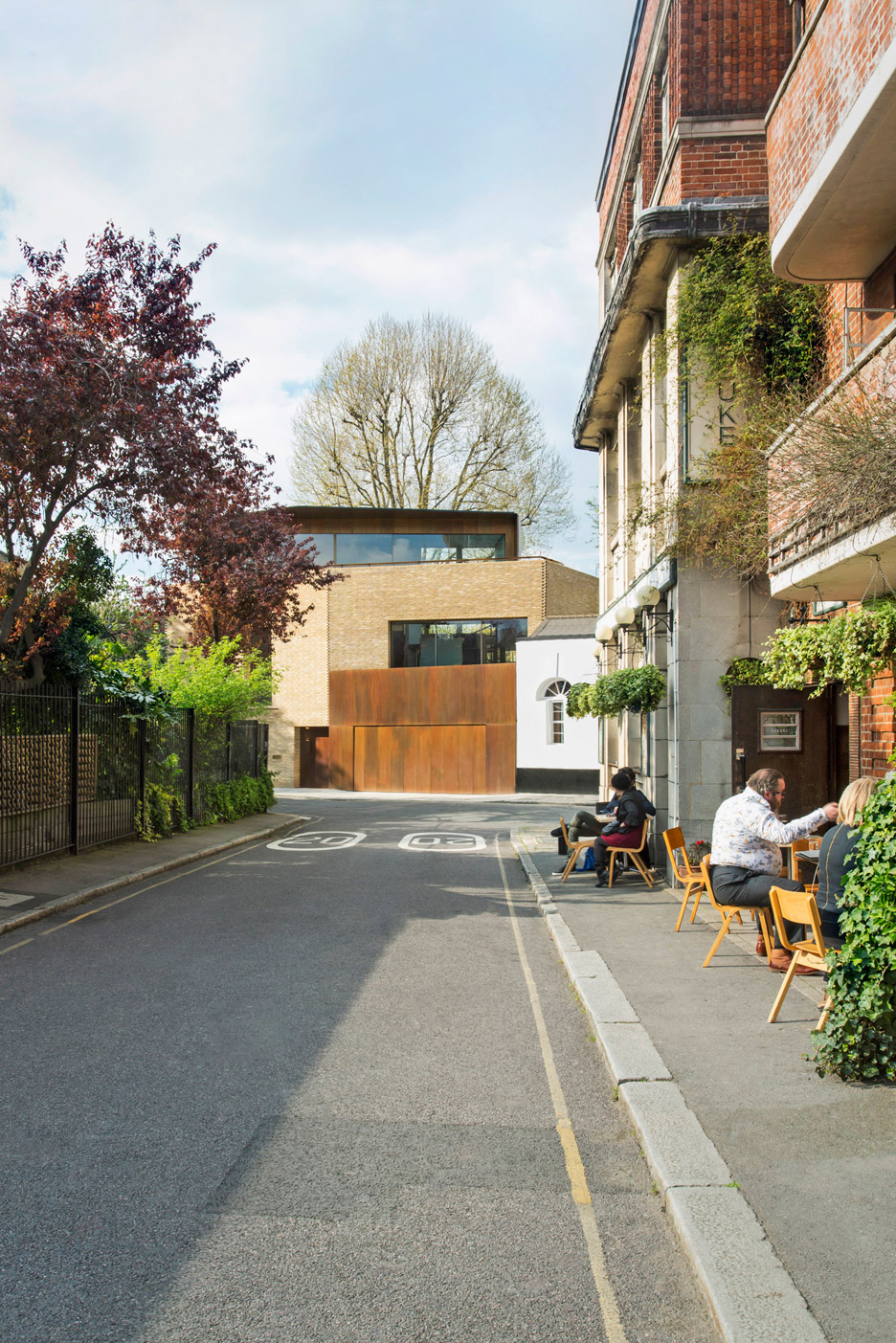
Levring House is one of seven projects in the running to win the RIBA House of the Year 2015 award, which recognises the best new house design in the UK. Others named on the shortlist so far include a flint-clad house in Buckinghamshire and a west London house topped by vaulted skylights.
Photography is by Dennis Gilbert, unless otherwise stated.
